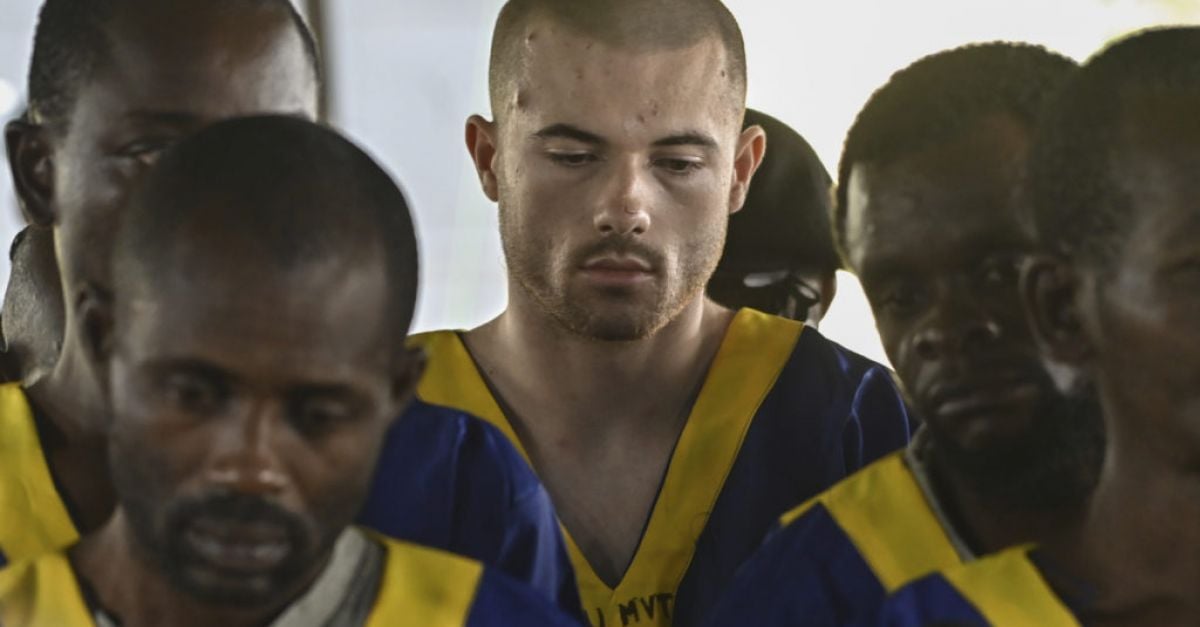VIRGINIA BEACH — As celebrations wrap for Independence Day, marine life fanatics are gearing up for a week dedicated to one of the ocean’s most famous residents.
Shark Week, a marathon of 25 hours of programming dedicated to all varieties of the apex predators, begins Sunday on the Discovery Channel — and the Virginia Aquarium has several events planned this month to celebrate.
Also starting Sunday, those who make a donation to the aquarium’s foundation can get a voucher for a free shark-themed doughnut. Later this month, the aquarium will host its own Shark Week. Festivities from July 21-27 include a talk each day with shark experts about myths, conservation efforts and the latest research.
About a dozen aquarium guests gathered in the lobby Tuesday to get a look at how the facility cares for its sharks. Just above the viewing window for guests, staff members used extra-long tongs to feed cod to the sharks below. The aquarium houses sand tiger, sand bar and nurse sharks — some of the commonwealth’s native species.
As the cod was submerged, the sharks took turns grabbing a piece. Each is named for a distinctive feature, such as Black Margin and White Margin. Their names come from tail markings.
“All of these sharks can be found here in Virginia’s waters,” said educator Dorothy Schetzel. “‘Will you encounter one of them? Maybe, maybe not. The sand bar sharks, which are the smaller grey sharks, do use the Chesapeake Bay as a nursery.
“That’s where they come to have their babies, so if you swim in the bay, you are going to be a little bit more likely to encounter a juvenile sandbar rather than a full grown adult. Then if you swim near your fishing piers where they are actively fishing, you might encounter other sharks there simply because they are going after those easier food items.”
Sharks at the aquarium do not typically eat other creatures living there, Schetzel said. Because they are regularly fed by staff, the sharks do not need to seek out food.
“Accidents do happen. They are sharks,” she said. “One of the shark instincts is to go after animals that are older or sick or injured. So as our fish get older, those natural instincts do start to kick in, and they do what sharks do best. They are the cleanup crew.
“Without sharks out in the ocean, there’d be a lot of dead fish. Sharks are basically the equivalent of vultures on land. They are the vultures of the sea.”
Roughly 50% of shark species are threatened or near threatened with extinction, according to the International Fund for Animal Welfare, a conservation nonprofit. Risks to sharks and rays include habitat loss, pollution and overfishing. They also have slow reproduction rates, which means that it takes time for decreasing populations to recover. Injuries to humans by sharks are also increasingly rare. One is more likely to be struck by lightning.
The Virginia Institute of Marine Science at William & Mary has monitored the predators in the mid-Atlantic for 50 years. The institute reported shark populations were “severely overfished” by recreational and commercial fisheries from the late 1970s to the early ’90s. By beginning shark management measures in Virginia in 1990, there has been a slow but steady recovery in most mid-Atlantic shark groups.
“Sharks sit atop the food chain as apex predators,” the institute said about the species. “As such, they play an important ecological role in keeping prey populations healthy by removing weak, old, and infirm individuals. When shark populations decline due to over-fishing and habitat loss, prey populations can increase unchecked, leading to an overall decline in ecosystem health.”
Eliza Noe, eliza.noe@virginiamedia.com
Signup bonus from



